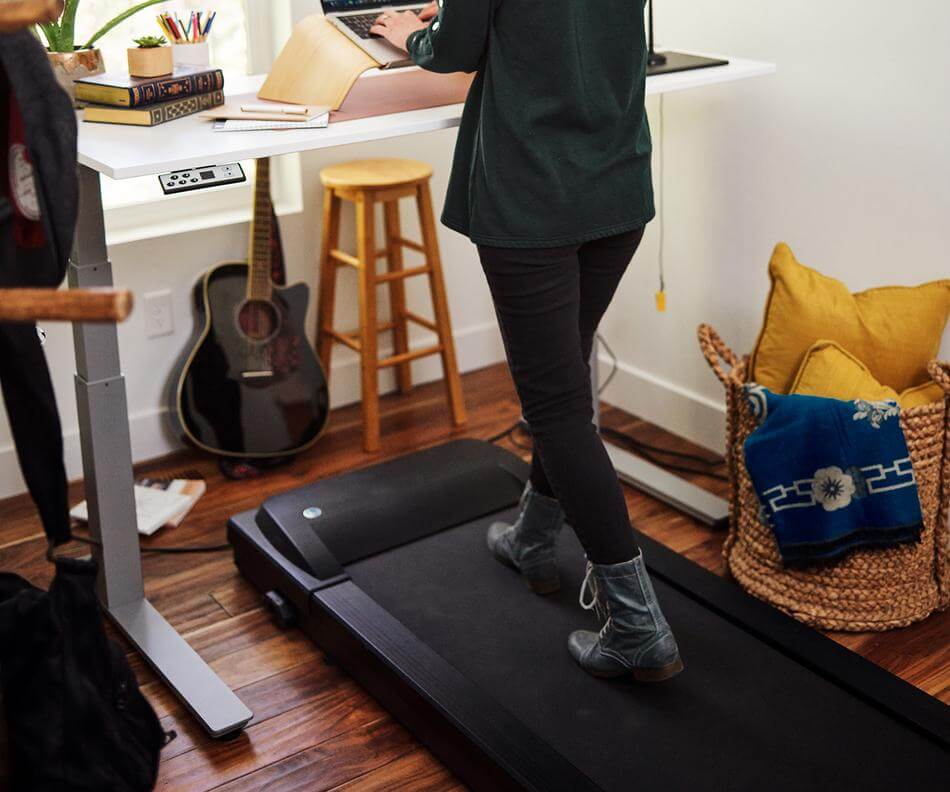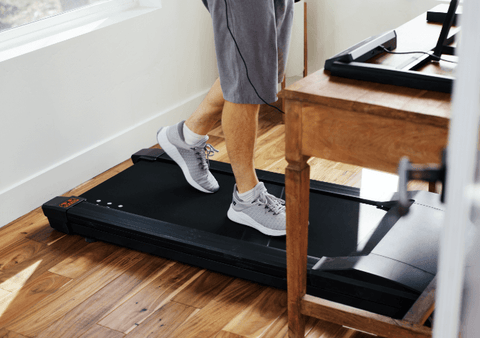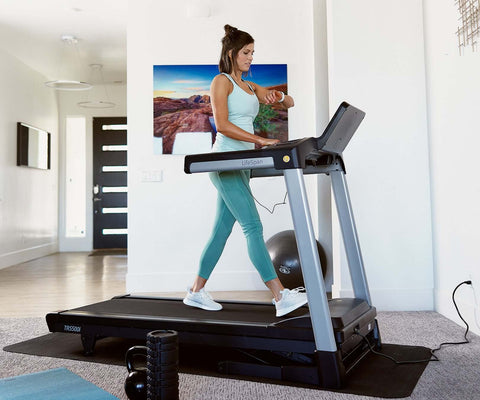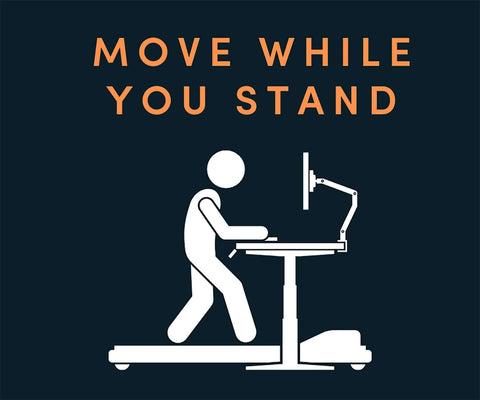By now we all have heard the research on how extended periods of sitting can be damaging to your health. Several publishing's and research have even gone as far as dubbing sitting as the new smoking. Stating that prolonged sitting leads to an increased risk for certain cancers, coronary heart disease, certain cardiovascular diseases and type 2 diabetes.
The main contributing factor to our increased sedentary lifestyles is technology. Technology has brought about more inactive modes of transit, caused an increase in desk jobs and has developed more activities that can be done while sitting (i.e. watching TV, surfing the web, playing video games). Overall, sedentary jobs have increased 83% since 1950 and physically active jobs now make up only about 25% of our workforce, which is 50% less than in 1950. Additionally, our average work week is longer. Americans now work 47 hours a week–164 more hours a year than 20 years ago.
So what's the best way to counteract the harmful effects of prolonged sitting (sitting disease)? By adding more movement into your daily schedule. It's that simple.
Knowing that a significant amount of our daily sedentary lives is spent sitting while working, incorporating a walking workstation into your office can be a great way to increase your daily fitness levels while simultaneously decreasing time spent sitting.

Benefits of a Treadmill Desk
Besides being the envy of the office, other treadmill desk benefits include: improvements in mental health, physical wellness, and job performance.
-
Improves Mood and Reduces Stress:
Regular exercise can help boost your mood and subsequently decrease anxiety through the brains release of endorphins in your body. These endorphins reduce your perception of pain and trigger a positive feeling in your body similar to the effects of opiates. Psychologically, exercise can also increase your confidence by allowing you to reach certain fitness/health goals as well as provide a distraction from your worries.
-
Increases Creativity:
Studies have shown that exercise is directly linked to creativity. Research conducted at Standford University had volunteers complete a test involving tasks like rapidly coming up with alternative uses for common objects, such as a button. They were then asked to complete a similar exam while simultaneously walking on a treadmill at a slow comfortable pace. From this they were able to conclude that almost every student preformed substantially better. On average, the subjects were able to come up with 60% more uses for the object when walking rather than sitting.
All Truly Great Thoughts are Conceived While Walking.
- Friedrich Nietzsche
-
Increases Productivity:
Research conducted by the University of Minnesota (UMN) and published in the journal Obesity analyzed the effects of walking on a treadmill throughout the workday. They concluded that the work performance of people who used a treadmill desk for a year didn't decline after a very brief, initial adjustment to the change. In fact, the study found that both overall employee productivity and health improved. Stating that work quality, mental performance and time management all improved on days when employees exercised.
-
Promotes a Healthy Body Weight:
Walking, like other forms of exercise, burns calories. Albeit not as many calories as running or biking burns, but walking still requires energy and therefore provides a calorie burn. For weight loss, increasing your intensity level, increasing incline level or walking for longer duration's will burn more calories. However, when using a walking workstation for the first time, you'll want to start out slow and gradually increase your speed and walking duration over a couple weeks time.
-
Reduces the Risk of and Helps Manage Type 2 Diabetes:
Individuals living with type 2 diabetes have too much glucose in their blood, either because their body doesn’t produce enough insulin to process it, or because their body doesn’t use insulin properly. Either way, exercise can help reduce blood glucose levels and also help people with type 2 diabetes avoid long-term complications.
-
Lowers Blood Pressure:
Like other forms of exercise, walking helps increase blood flow which in return decreases blood pressure. According to the American College of Sports Medicine, people with high blood pressure (hypertension) have lower blood pressure readings for up to 22 hours following a single walking session. For individuals that incorporate walking into their daily schedule, they may see decreases as high as 5 to 10 mmHg in both systolic and diastolic blood pressure readings.
-
Helps Maintain Strong Bones:
Weight-bearing exercises where you are working against gravity while staying upright are one of the best ways to build up and maintain bone density. These can be either high-impact or low-impact exercises. Examples of high-impact weight-bearing exercises include: dancing, jogging, running, jumping rope, etc.; and examples of low-impact weight-bearing exercises include: walking, hiking, using an elliptical or stair stepper machine, low-impact aerobics, etc..









